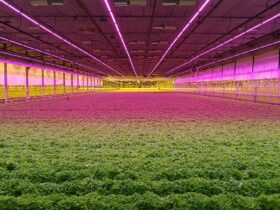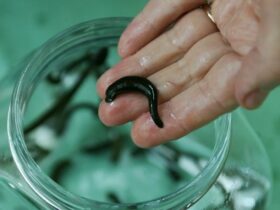Choosing parquet, as with any other material for a room repaired in the future, I want not to make a mistake and dwell on the one that will not only look beautiful outwardly, but will also last a long time and without surprises. In this regard, it will be useful to know several properties of wood, which in the future may affect the condition of the parquet..
One of the most important indicators of wood, which affects the aesthetically beautiful appearance and durability, is moisture resistance. Hygroscopicity — this is the name of a property in the structure of wood, due to which, under different climatic conditions and different levels of air humidity, it accumulates or, on the contrary, gives off moisture. The dependence on external fluctuations in air temperature and its humidity level was called resorption. It becomes clear where the name «resorption table» comes from, but it is not clear why and who needs it. As it turned out, according to such a table and the diagram of the same name, they study the ability of a tree to absorb and release moisture into the air, coordinating all climatic indicators and factors surrounding it. For greater clarity and an example, you can imagine that the air temperature level has reached + 20C, and the humidity level is 50%, in which case the moisture content of the tree will be 9%. It is worth adding the temperature to 5 degrees, and the moisture content of the tree is reduced to 30%, then the moisture content of the tree immediately decreases to 5%.
It is generally accepted that the most optimal air temperature for human life is + 20 degrees Celsius, and the air humidity level is 50%. Earlier it was said that under these conditions the moisture content of the wood is 9%. That is why the norm of humidity of natural parquet in Russia and European countries, the basic unit, is considered to be this number.
When the average temperature and humidity level of the room in which the parquet floor will be laid becomes known, one can immediately draw conclusions about how the board will behave over time. Will it dry out or, on the contrary, in some places it will begin to swell, in some cases the boards begin to move away from the base. In this case, a partial replacement of the floor becomes necessary. To avoid this, it is necessary to use diesel generators with a humidifier and a dehumidifier..
Knowing the possible conditions, it is possible to identify the so-called risks for the future floor in the room. In the case when, after the normal level of humidity, it begins to rise and becomes more than 50%, as is usually the case after the end of the heating season or at the beginning of the humid season, then the swelling after a while will be quite acceptable behavior of the board..
The opposite case, when the humidity begins to drop significantly from the usual level, for example, during the beginning of the heating season, then drying of the floor boards can lead to shrinkage gaps..
Understanding the possibility of such risks, before laying the floor, you should carefully measure and analyze the possibility of changes in climatic conditions and draw conclusions about what can happen to your new floor. Thus, you will be able to take the necessary measures to ensure that defects do not arise..
Different trees differ from each other in the time required for noticeable deformation. In addition to the breed, the method of laying, in relation to the type of cut, has an influence. A change in moisture content of seemingly as little as 2% can lead to noticeable changes in the coating. They will only happen in different terms. So, for oak, they are 40 days, and beech will have time to change its appearance three times faster — in just 12 days. Such differences in rocks are influenced by the level of hygroscopicity. The higher this level, the more «capricious» the tree becomes, the faster it changes its appearance: it dries up or swells, in general, it requires strict adherence to normal climatic conditions. The rating of the most «capricious» trees in this regard can be safely led by beech and maple, and the third place of the rating is occupied by ash.
It should also be borne in mind that natural wood is an anisotropic material. In simple terms, we can say that such material always behaves differently when the conditions for its location change. For example, the swelling in the longitudinal direction is greater than in the cross section. The season, actual deformation and various other factors affect this. But knowing what to look for and what you need to be prepared for, it will be easier for you to prevent the unpleasant consequences of laying a new floor..

















Оставить коммент.